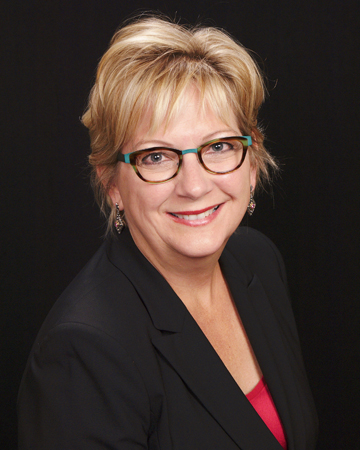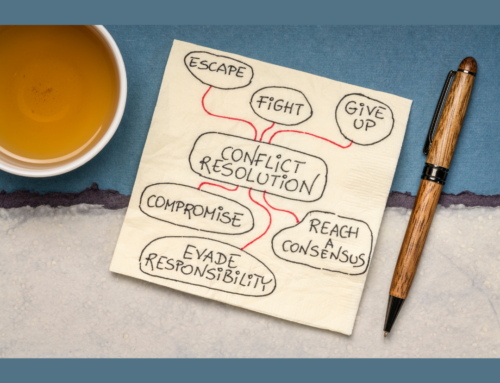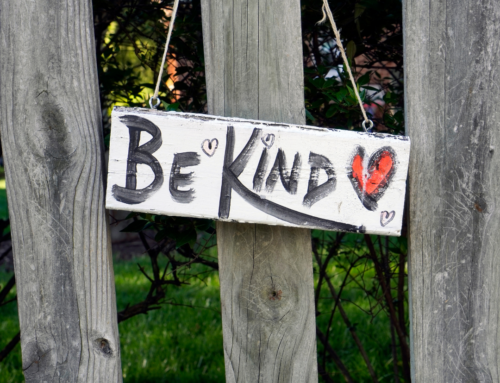 Most of us tend to be rather quick to categorize, even stereotype, our co-workers by their age and habits. Many baby boomers and millennials, however, are successfully collaborating in the workplace, mixing the potential that comes with high expectations and self-confidence.
Most of us tend to be rather quick to categorize, even stereotype, our co-workers by their age and habits. Many baby boomers and millennials, however, are successfully collaborating in the workplace, mixing the potential that comes with high expectations and self-confidence.
On the one hand, we have team-oriented millennials who often communicate in small snippets and are invariably ready for a new set of challenges. On the other, we have the experience of goal-oriented boomers motivated by ideals, benefits, position, and reputation. The result in many cases? A team of overlapping personalities and strengths focused on workplace success.
Compare and contrast that by looking at the economic environment—sometimes termed class—that employees come from. Some come to work having always lived in daily stability. When you know that your basic needs are met, you can concentrate on achievement and make plans for tomorrow, the next day, and the future.
However, when you come to work and you’ve always lived in an environment of daily instability—not so much. You are focused on relationships, as it is people who have your back. You are living in the tyranny of the moment, solving problems for the day, and you usually feel unable to plan for tomorrow. After living in a particular environment for years, individuals inevitably have somewhat different mindsets. When these different mindsets surface in the workplace, the result can be differences, even conflict, between employees.
All individuals, regardless of their “demographic,” potentially bring assets to the workplace table. In 2016 tech entrepreneur Gina Pell coined the term “perennials” to describe “ever-blooming, relevant people of all ages who live in the present time, know what’s happening in the world, stay current with technology, and have friends of all ages.” She says perennials “get involved, stay curious, mentor others, are passionate, compassionate, creative, confident, collaborative, global-minded, risk takers who continue to push up against [their] growing edge and know how to hustle.”
That pretty much sums up the anticipated assets of the various groups described above.
Just as with age groups, when we better understand the economic environment of employees, we can reduce conflict, turnover, employee-to-employee conflict, mistrust, and communication misunderstandings.
In its place, we can build relationships of mutual respect, create policies and procedures that mitigate differences, and set up training programs to educate one another. When we do this within a business, we can end up like the boomers and millennials—with a team of overlapping personalities motivated by what all groups need and want.
Ruth Weirich has provided insight into the overall corporate strategies of divisions and companies for 30 years. She received her M.B.A. from Colorado State and her B.A. in Business Administration from Goshen College. By maximizing an organization’s operating performance and achieving its financial goals, Ruth has held responsibilities ranging from communicating with and leading all stakeholders to preparing operating budgets to overseeing a strategic plan. Ruth is an active listener, a critical thinker, and has quick judgment and decision making skills. Click to learn more about Ruth Weirich.








